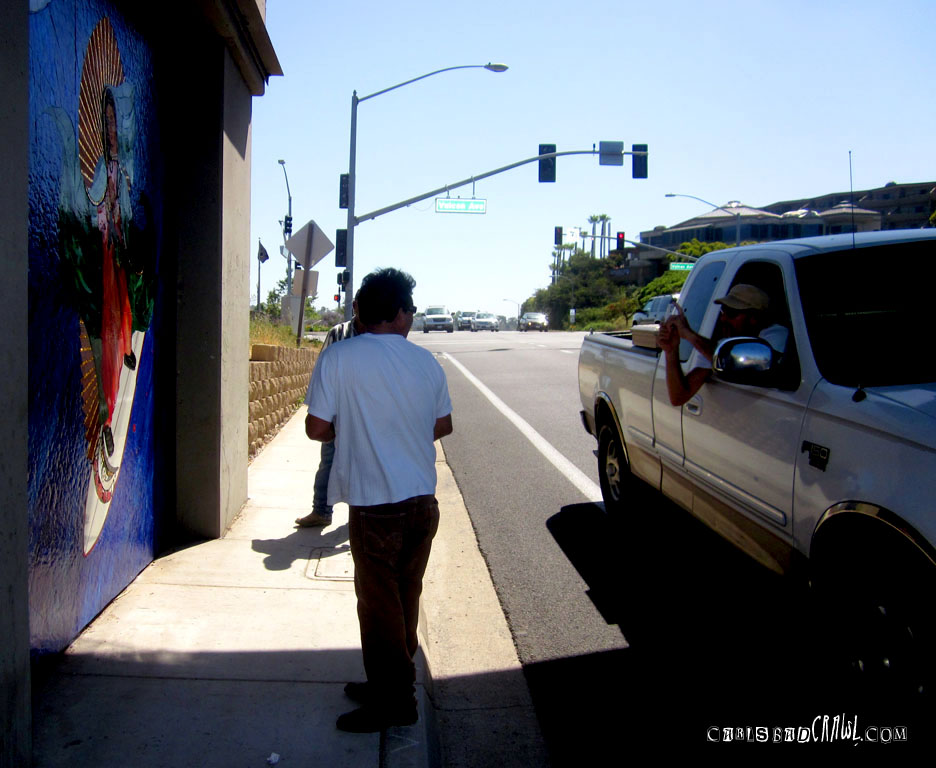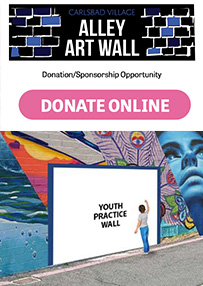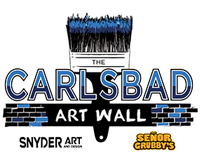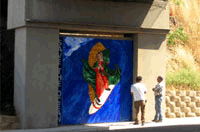Many different art movements have formed throughout art history with each one as important and highly documented as the previous. Impressionism broke away from traditional European painting as a way to emphasize the artist’s perception of the subject matter as much as the subject itself. The Dada movement formed through moral outrage over WW1 and aimed to shock people out of complacency and Symbolism questioned the perception of reality. Each movement prompted an explosion of creativity, masterful art and a new set of artistic beliefs.
The world of art has recently seen the emergence of it’s newest movement- Street Art. Differing from ‘graffiti characters’ of the last decades of the 20th century, street artists of today use a wide range of mediums including stencils, wheat paste posters, stickers, installation and hand painted murals. Many of these artworks are created through digital media.
An important component of street art, and the movement’s backbone, is the internet. A piece of art can be placed in the darkest corner of a city, but be seen by millions by simply uploading it to a popular website. The internet has helped lift street artists out of the shadows and into the limelight with sold out gallery shows and nationally recognized museum exhibitions.
With this recent boost in popularity, the definition of street art has been in question. As of now, street art falls under the definition of vandalism, but what happens when vandalism becomes a positive fixture in the community? What happens when the community fights to keep vandalism and when does vandalism become sanctioned art?
How do we remove street art from the vandalism category?
Come back tomorrow for the Sanctioned Street Art Rubric!









Recent Comments